There are multiple interconnected and interactive wars in Afghanistan. They go back decades to the war against the Soviet Union in the 1980s. U.S. strategy has to address the complexities of the multiple conflicts.
War 1: Terrorists
For Americans, the most crucial war is the struggle with the al-Qaida core infrastructure that attacked New York and Washington on September 11, 2001. Osama bin Laden declared war on the United States from his base in Afghanistan in 1997 and began deadly operations, with simultaneous attacks on two American embassies in Africa in 1998. The American intervention in 2001 drove the terrorist’s headquarters out of Afghanistan into Pakistan, where it masterminded attacks in Madrid, London, Saudi Arabia, Indonesia, Iraq, and elsewhere. By 2008, it had fully regenerated from the setbacks of 2001 and posed an imminent threat to the American homeland—as reflected, for example, in the plot to take down seven or more airliners flying from the U.K. to the United States in 2006.
President Barack Obama made the disruption, dismantlement, and defeat of al-Qaida in Pakistan the top goal of his so-called “AfPak” strategy. The CIA was the lead player in the process. Pakistan was rightly regarded as an impediment to fighting bin Laden, a judgment reinforced when the agency found bin Laden hiding in the front yard of the Pakistani military academy in Abbottabad. By 2013, the al-Qaida core was in retreat. Bin Laden and many of his key lieutenants were dead.
Today, the old core remains active in Pakistan, led by its Amir Ayman al-Zawahiri and bin Laden’s son Hamza. It is much-reduced as a threat, but it is not destroyed and bears constant attention. Bases in Afghanistan are crucial to this monitoring mission.
War 2: Civil war
The second war in Afghanistan is a civil war between Afghans that began in the closing stages of their war against Moscow. The mujahedin, which America had supported, split on largely ethnic grounds. The civil war pits the historically dominant Pashtun in the Taliban against the Tajiks, Uzbeks, and Hazari minorities who back the central government in Kabul. Because the Bush administration failed to resource the Kabul government sufficiently after 2001, the Taliban regenerated in Pakistan and posed an existential threat to the Kabul government in 2009. The Obama administration fought back against the Taliban but imposed self-defeating timelines on the campaign. This war has never enjoyed substantial support in America and has been rightly called the forgotten war. Almost all of the American and NATO casualties in Afghanistan have been the result of this conflict. It is at best a stalemate today, the momentum is clearly with the Taliban.
It is at best a stalemate today, the momentum is clearly with the Taliban.
Pakistan is the Taliban’s patron. Only three countries recognized its Islamic Emirate in the 1990s: Pakistan, Saudi Arabia, and the United Arab Emirates. The Taliban leadership has lived in exile in Pakistan since 2001, protected by the Pakistani army and its intelligence service known as the ISI. Its leaders travel to Dubai for fundraising with the assistance of the ISI. Without bases in Quetta, Peshawar, and elsewhere in Pakistan, the Taliban would be a much-reduced force.
Of course, Pakistan’s indulgence of the Taliban has backfired. The country has been ravaged by terrorists inspired by their brethren across the Durand Line. As one observer has written, “the nuttiness of having as a permanent neighbor a rabid Islamist lot that has tasted the blood of two superpowers and knows nothing but jihad is a question we’ve always deferred answering” in Pakistan because the army controls the Afghan account. Pakistan has become one the leading victims of its generals’ own folly.
In the last few years, Iran has become another patron of the Taliban. This is a historic reversal in Tehran’s policy, which had previously supported the Kabul government and its predecessor the Northern Alliance. The drone strike that killed the leader of the Taliban, Mullah Mansour, in 2016 near Quetta—the only drone attack on the Taliban inside Pakistan ever—found him returning from a clandestine visit to Iran.
The new administration is the first to overtly acknowledge that Pakistan is the patron of the Taliban and thus the enemy of the NATO forces and the Kabul government. Bush and Obama, for understandable but debatable reasons, avoided such a direct public acknowledgment. Bush even labeled Pakistan a major non-NATO ally; together the two presidencies provided over $30 billion in aid to Pakistan over 15 years in a failed effort to entice Pakistan to turn against the Taliban or pressure it into a political process with the Kabul government.
Now the United States openly calls out the truth: Pakistan is the power behind the Taliban. This admission of reality has caused great consternation in Pakistan, especially with the civilian political establishment, which has little or no involvement in formulating Afghan policy. It comes at a turning point for Pakistan with the court-ordered removal of Prime Minister Nawaz Sharif, leaving the civilian state adrift.
A group of Pakistan experts (including me) advocated this more direct approach in a January 2017 report, which called for ending Pakistan’s status as an American ally and using unilateral action to disrupt the Taliban sanctuaries in Pakistani territory. Similar arguments were made in a recent Brookings paper on U.S. options in Afghanistan. So far the new administration has been understandably reluctant to discuss the details of how it plans to address specifically the Pakistani challenge. It remains to be seen if it will use the tactics recommended by the outside experts or develop other measures to promote changes in those Pakistani activities benefiting the Taliban.
The administration has made no mention of Iranian support for the Taliban. This issue is likely to be buried by other concerns about Iran, including its nuclear program, but the Iranian role in Afghanistan is growing increasingly hostile to U.S. interests. It is unwise to accelerate that process. Iran has tremendous potential to destabilize western Afghanistan.
War 3: Regional war
The third war in Afghanistan is the struggle between Pakistan and India for regional influence throughout South Asia. Afghanistan has been both a pawn and a player in this geopolitical conflict for decades. Pakistan wants a satellite regime, a client state, in Afghanistan to provide strategic depth against India and to prevent encirclement by New Delhi and an ally in Kabul. India wants an independent Afghanistan which does not promote Islamic extremists. It also wants a base to undermine Pakistan’s stability from the west. Afghan governments try to play the two larger powers for Afghan advantage.
Nowhere else in the world is as potentially dangerous than South Asia.
Since Pakistan and India are nuclear weapons powers, this conflict has unique consequences. Nowhere else in the world is as potentially dangerous than South Asia. The two states have gone to the brink of disaster more than once.
This conflict also draws in outsiders. After Washington criticized Islamabad for supporting the Taliban this month, Beijing rushed to the defense of its Pakistani ally. The China-Pakistan axis is one of the strongest alliances in the world today. The two cooperate on nuclear weapons, arms development, international diplomacy and intelligence. China has far more influence in Pakistan today than any other power, with over $110 billion in investment and aid. As one commentator has noted, Pakistan can afford to walk away from America because of the China connection. China protects Pakistan and its terror protégés in the United Nations, making Pakistan invulnerable to multinational sanctions.
American presidents since Bill Clinton have inclined toward India. The Washington-New Delhi axis also includes considerable military cooperation and is rooted in shared commitments to democratic values. The new administration strategy specifically touts the American Indian entente as a positive factor in Afghanistan.
Wanted: Details
The biggest obstacle for the American and NATO mission in Afghanistan is the continued Pakistani provision of safe havens and sanctuaries for the Afghan Taliban. Making those unsafe by using drones and covert operations on Pakistani soil is the best way to change the dynamics of the civil war against the Taliban. There are risks in such an approach but they are manageable. The goal is to make the safe havens inside Pakistan unsafe both for the Taliban and the ISI, rather than attempt to change Pakistani behavior.
A key to any hope of even partial success is to keep the rhetoric to a minimum. Bluster and threats are counterproductive. Stating the truth about Pakistani behavior should not lead to empty, bombastic oratorical flourishes and Twitter tantrums. Demonizing the Taliban will also make a political process more difficult if the Pakistani generals ever decide to go for a compromise outcome.
The president has very reluctantly accepted that leaving Afghanistan is too dangerous. His inclination was to cut and run. His generals persuaded him that would be a mistake. Dangerous players would fill the vacuum. Al-Qaida and other terrorists would trumpet America’s defeat in the same territory where the Soviet Union collapsed. The psychological consequences for the global jihad would be enormously significant. Pakistan’s generals would also be emboldened, supremely confident their nuclear arsenal makes them invulnerable. The “boys,” as they are called in Pakistan, would be more dangerous than ever.
So Donald Trump now owns the Afghan war. He has outlined an approach to the policy but it is still incomplete on critical details. The devil is in those details. Congress should press for more substance. America’s longest war should no longer be forgotten.
The Brookings Institution is committed to quality, independence, and impact.
We are supported by a diverse array of funders. In line with our values and policies, each Brookings publication represents the sole views of its author(s).

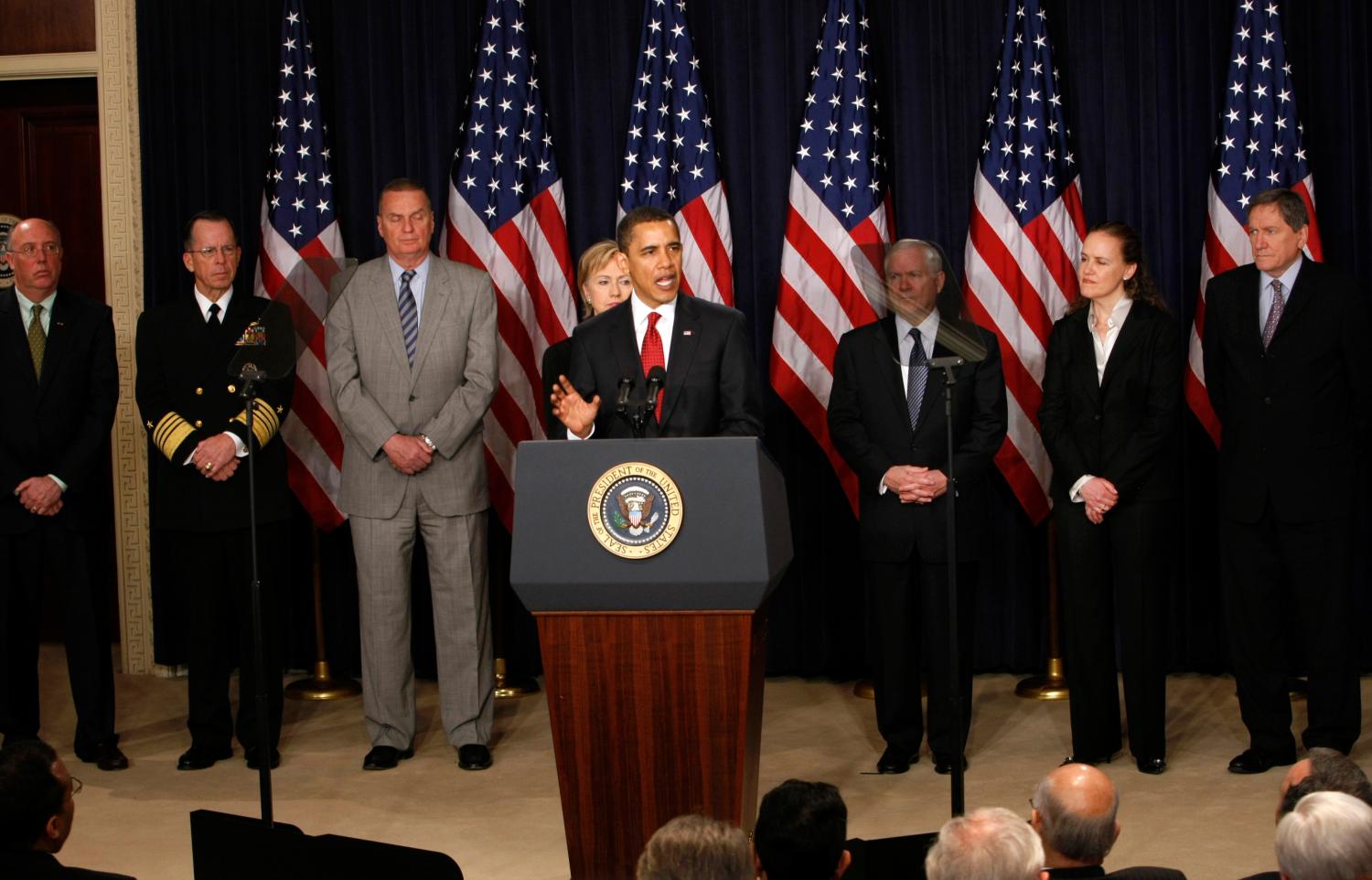
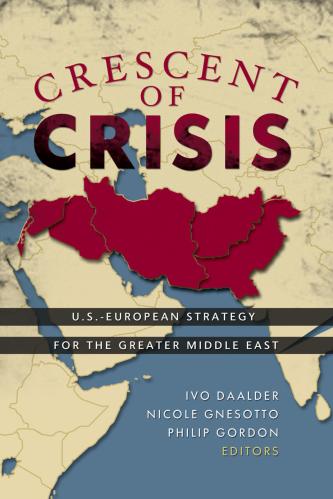
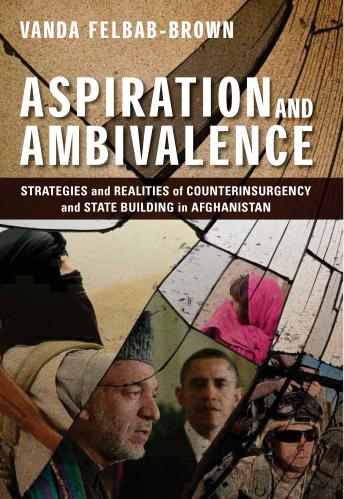
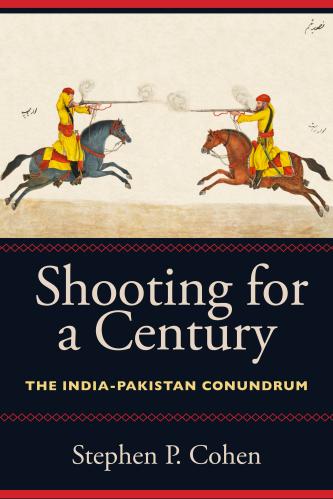

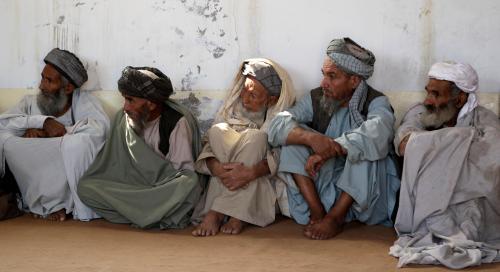
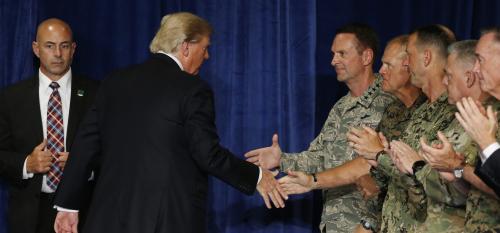
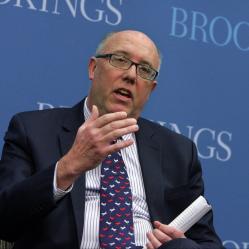
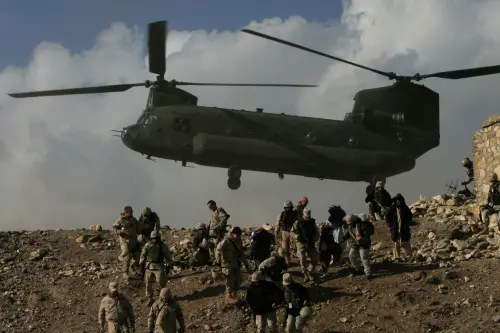
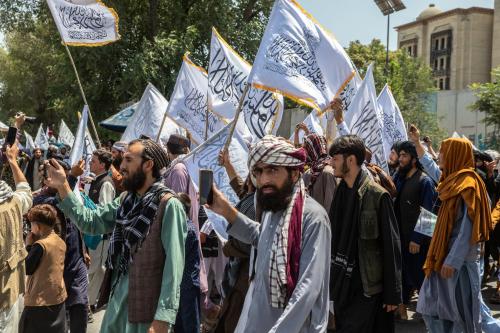
Commentary
The 3 wars in Afghanistan
August 30, 2017